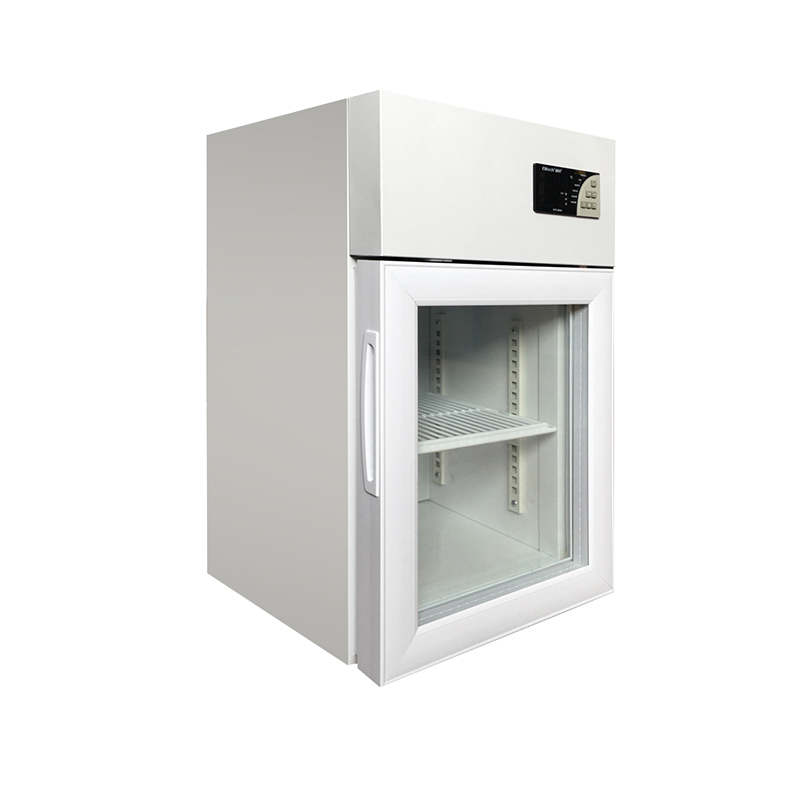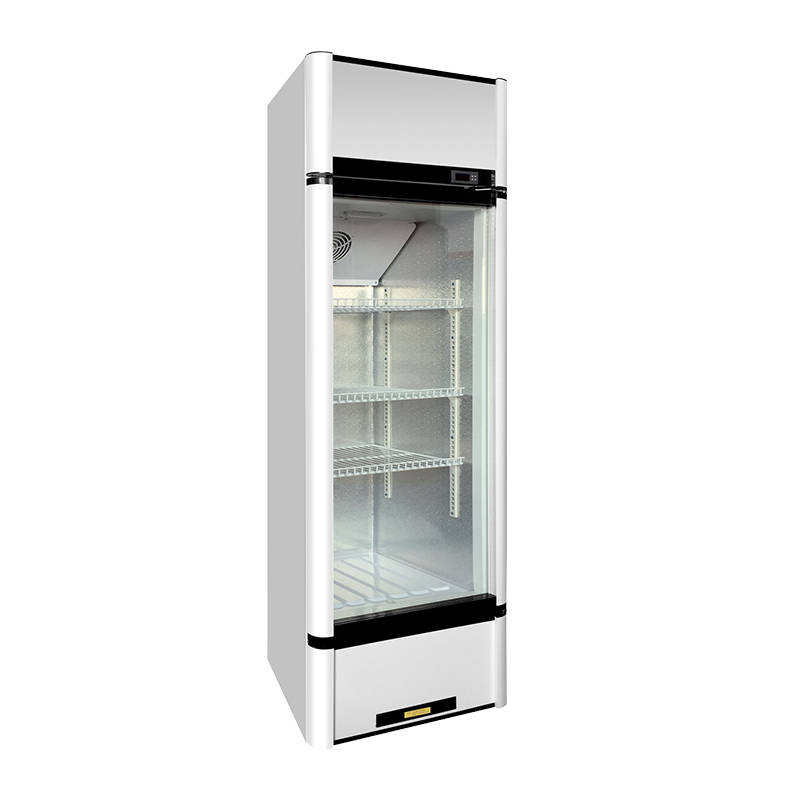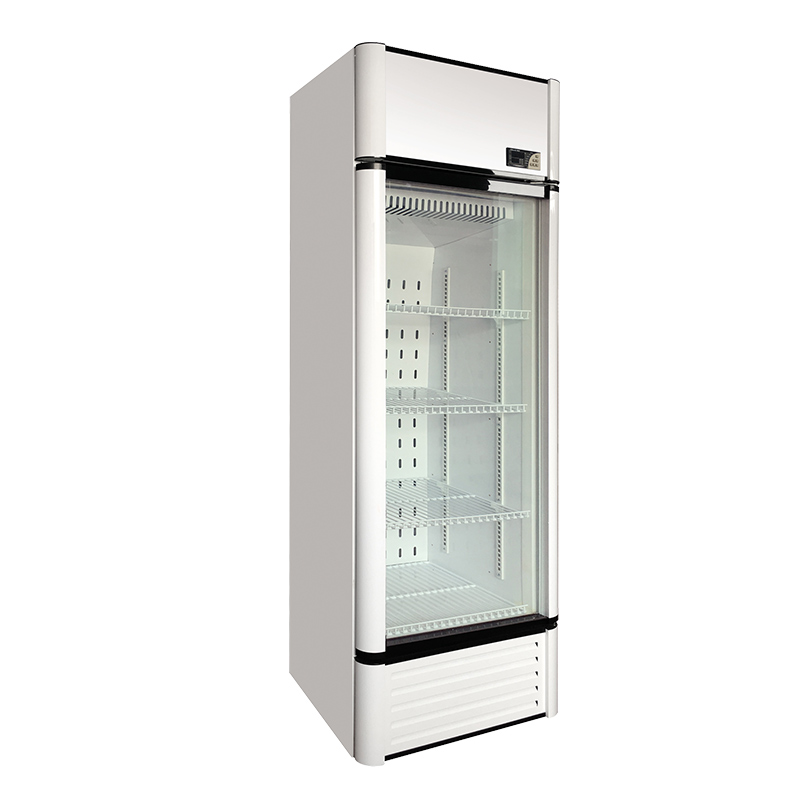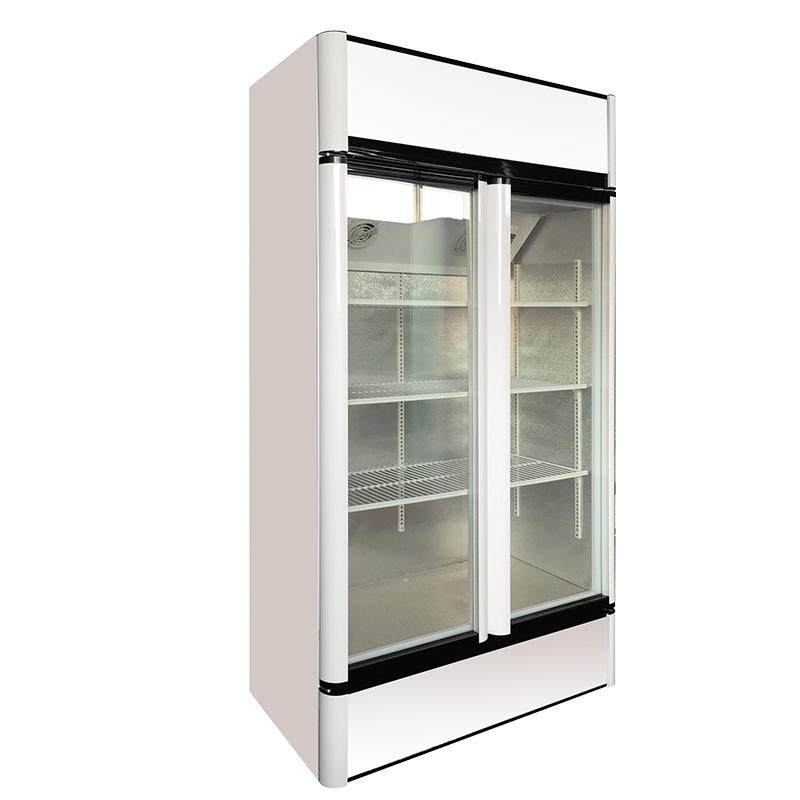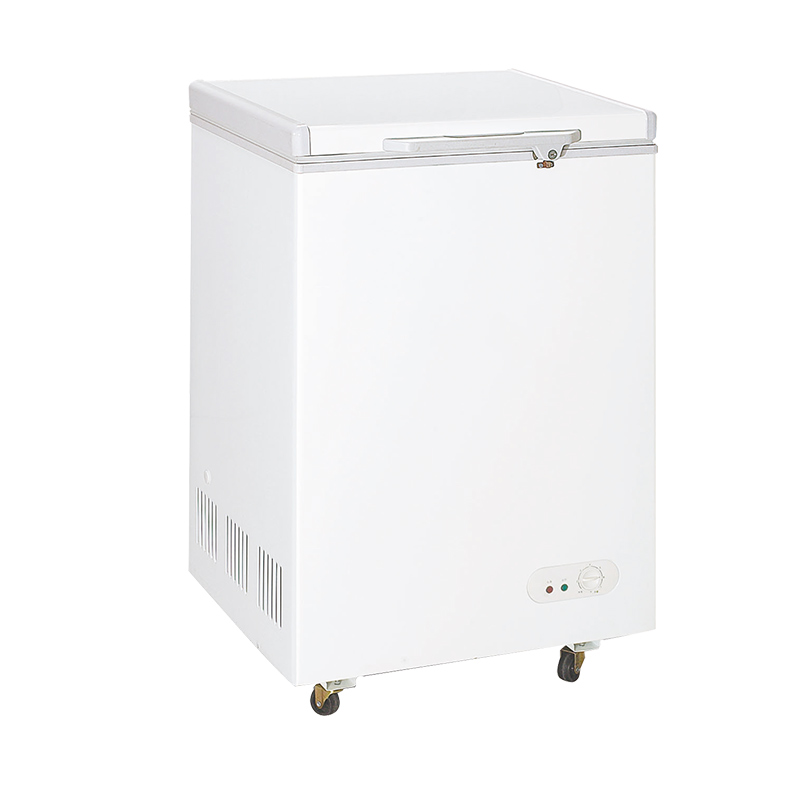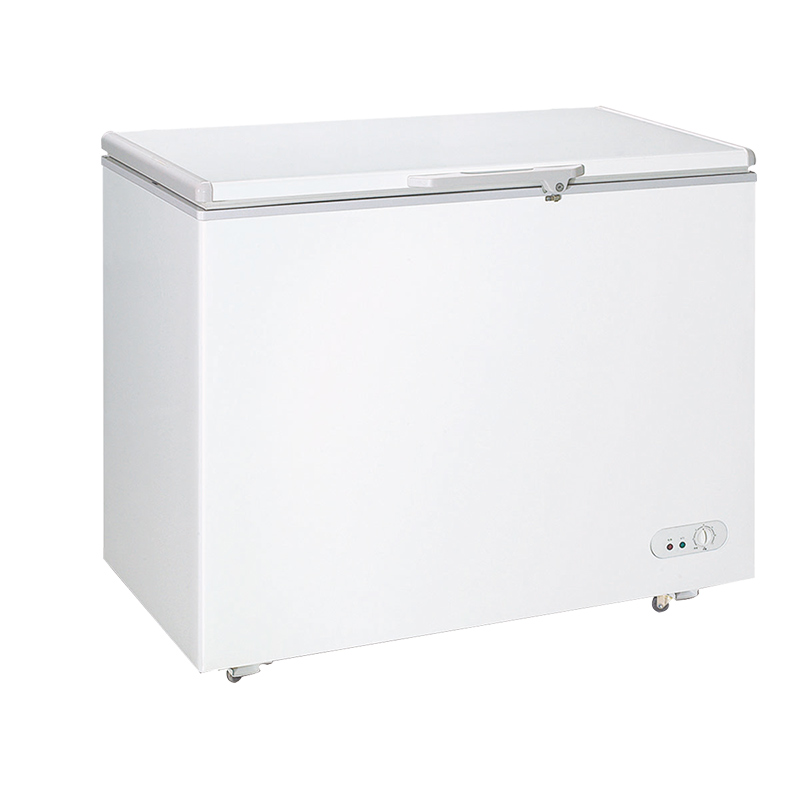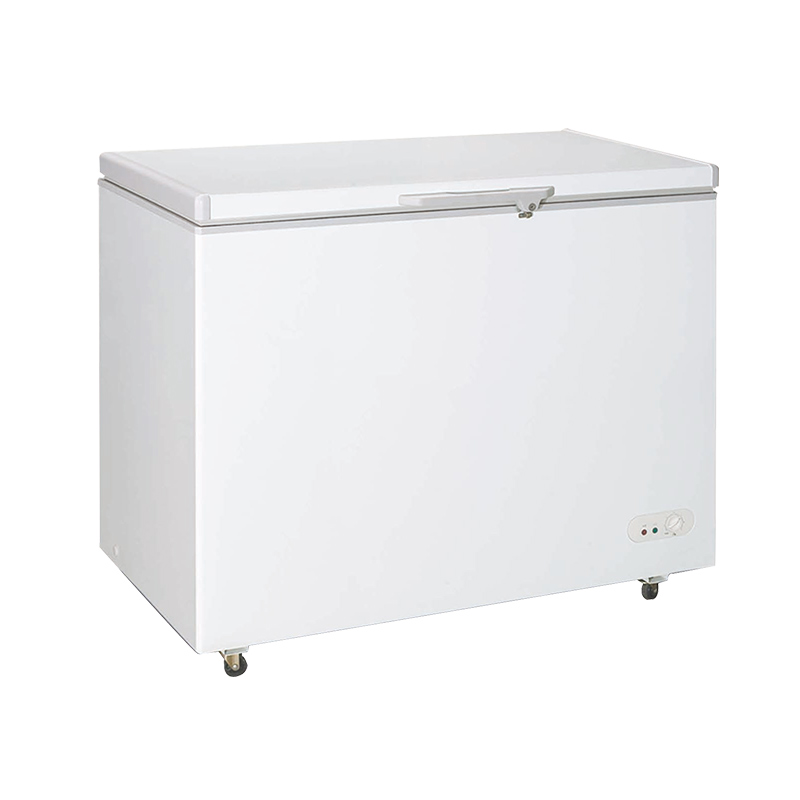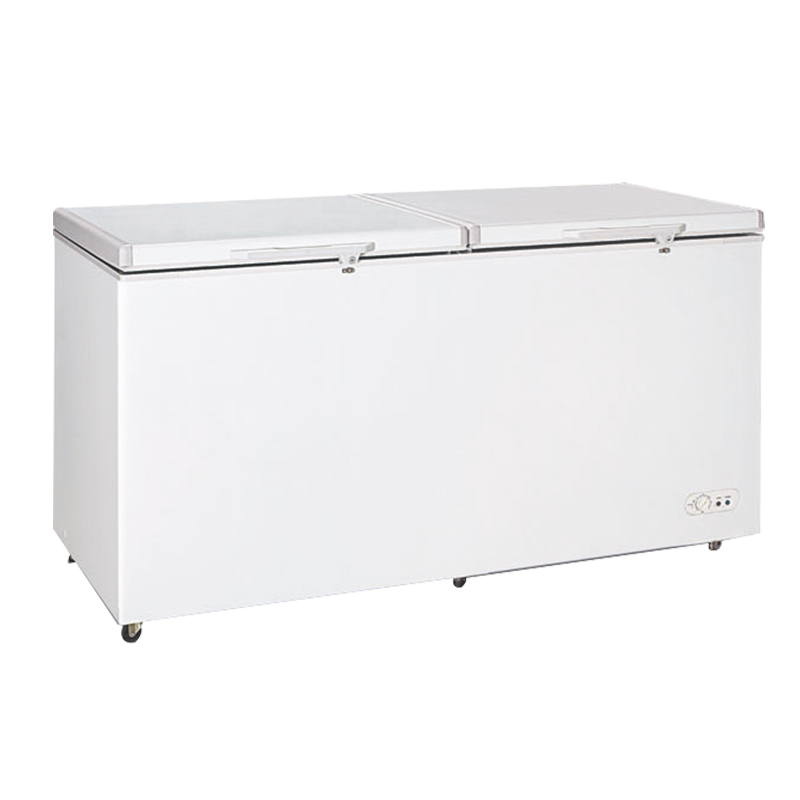The design line for refrigerators encompasses various aspects of product development, ranging from the aesthetics and user interface to the technical specifications and energy efficiency. Below are key considerations in the design line for refrigerators:
Aesthetics and Styling:
Exterior Design: The exterior design involves the overall appearance, finish, and materials used for the refrigerator. This includes considerations for color, texture, and the integration of features like handles and displays.
Interior Layout: Designing the interior layout to optimize storage space, accessibility, and organization is crucial. This involves the arrangement of shelves, drawers, and compartments.
User Interface and Controls:
Control Panel: The control panel on the refrigerator should be user-friendly and intuitive. It may include features such as temperature control, humidity settings, and modes for specific functions like ice making and water dispensing.
Display: Modern refrigerators often have digital displays for temperature readouts, settings, and other information. The design of these displays should be clear and easily readable.
Energy Efficiency:
Insulation and Sealing: Designing effective insulation and ensuring proper sealing of the refrigerator doors are critical for energy efficiency. Well-designed insulation helps maintain temperature levels, reducing energy consumption.
Energy-Efficient Components: Choosing and designing components such as compressors and fans for optimal energy efficiency is essential.
Storage Features:
Adjustable Shelves: Designing shelves that can be adjusted in height or removed allows users to customize the interior space based on their storage needs.
Specialized Compartments: Consideration for compartments designed for specific items, such as deli drawers, dairy compartments, and humidity-controlled crisper drawers.
Cooling Technology:
Air Flow Design: Ensuring proper air circulation within the refrigerator is crucial for maintaining consistent temperatures throughout the interior.
Multi-Zone Cooling: Some refrigerators have multiple cooling zones to provide different temperature settings for various compartments.
Accessibility and Ergonomics:
Door Design: The design of doors should consider ease of opening, closing, and the arrangement of shelves on the doors for convenient access to commonly used items.
Freezer Placement: Deciding whether the freezer is located at the top, bottom, or as a side-by-side configuration impacts user convenience.
Smart and Connected Features:
Smart Integration: Designing for smart features, such as app connectivity, remote monitoring, and integration with virtual assistants, is increasingly common in modern refrigerators.
Sustainability:
Materials: Choosing sustainable and environmentally friendly materials in the design and construction of the refrigerator.
Energy Star Compliance: Designing refrigerators to meet or exceed energy efficiency standards.
Safety Features:
Child Locks: Implementing child locks on certain features to enhance safety.
Temperature Alarms: Alerts for temperature deviations that may impact food safety.
Ease of Maintenance:
Removable Parts: Designing components that are easy to clean or replace, such as removable shelves and drawers.
Ensuring that the refrigerator design complies with safety, energy efficiency, and environmental regulations in different markets.
The design line for refrigerators requires a multidisciplinary approach that considers both the aesthetic and functional aspects of the appliance, catering to user needs, technological advancements, and sustainability goals.


 English
English عربى
عربى